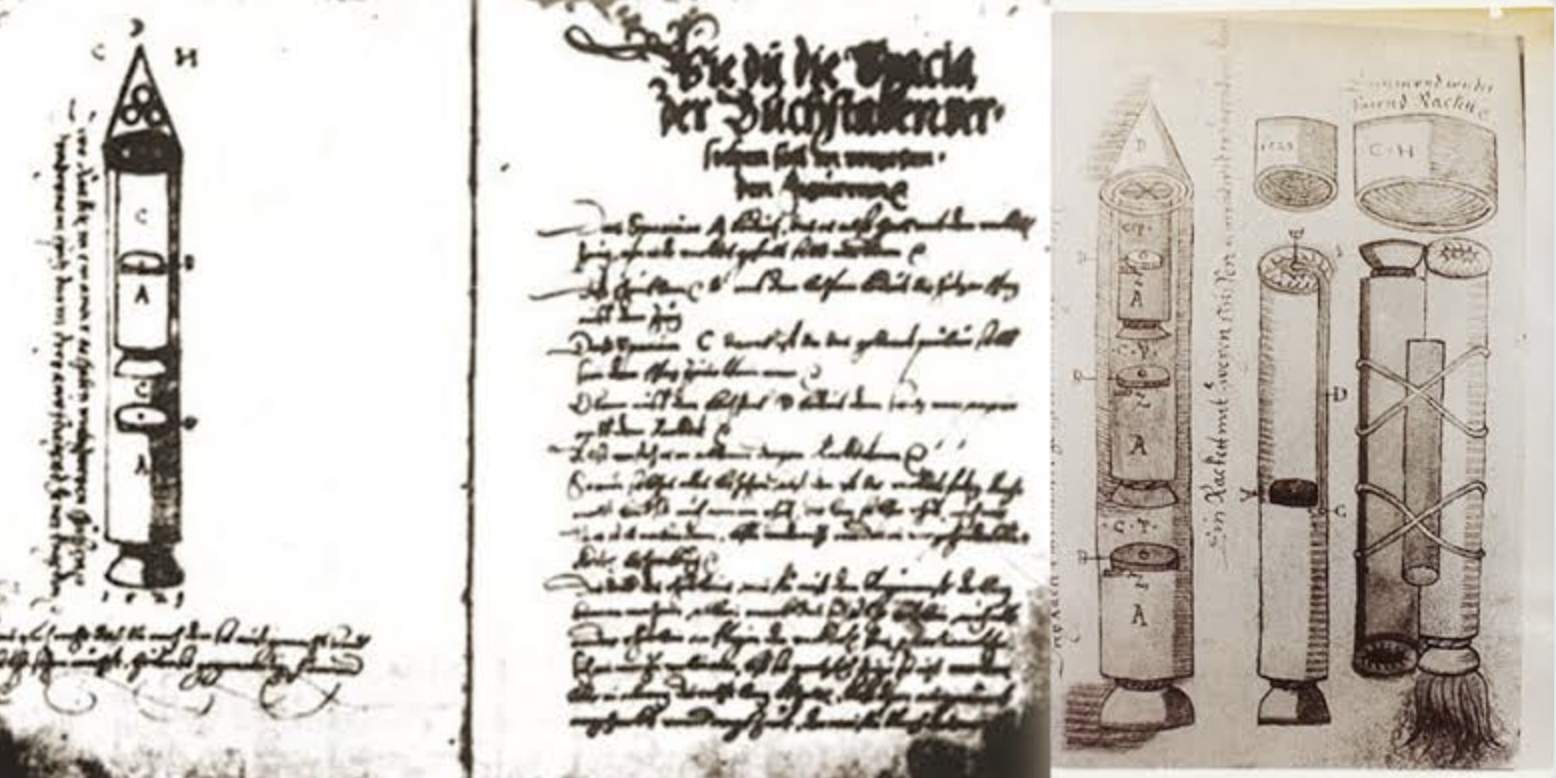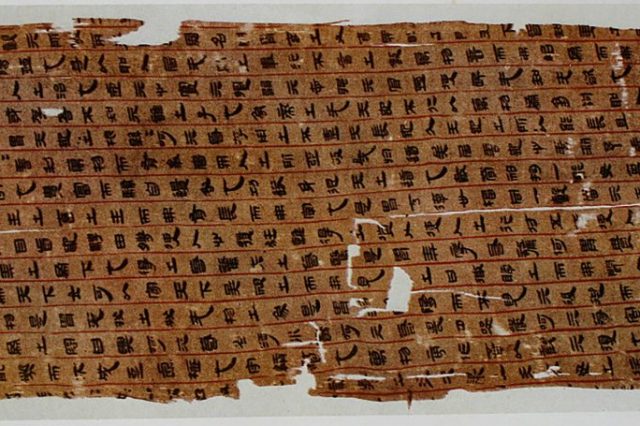While the rockets steal the limelight, the Sibiu Manuscript is an engineering smorgasbord. It dabbles in metallurgy, ballistics, and artillery, offering a comprehensive look at the era's tech advancements.
Picture this: It’s the 16th century in Transylvania, and while most were busy with mundane medieval matters, one Conrad Haas had his head in the clouds, quite literally. Nestled amidst the cobblestones and castles of Sibiu lies a tale of ancient rocketry, and it’s no fairy tale. The Sibiu Manuscript, a prized relic of the Brukenthal National Museum, has redefined our understanding of historical space pursuits. Let’s rocket (pun intended) through history and dig up some lesser-known curiosities about this text!
Conrad Haas: The Unofficial Godfather of Rocketry
The Genius Behind the Quill
Conrad Haas, the reputed mastermind behind this document, is often regarded as the unsung hero of early rocketry. His vision leapfrogged centuries, laying the foundation for multistage rockets. Some even muse he might’ve been the Elon Musk of his time, minus the Twitter ( better said X) account.
Esteemed as a military engineer, Haas was an avant-garde in the realm of rocket propulsion. Among his trailblazing designs are the groundbreaking three-stage rocket and an audacious vision for a manned rocket voyage.
A Three-Stage Marvel: Siemienowicz vs. Haas
The Original Blueprint
Before Haas’s revelation, the credit for the earliest three-stage rocket blueprint rested with Kazimierz Siemienowicz, whose 1650 treatise, Artis Magnae Artilleriae Pars Prima, was considered groundbreaking. However, the Sibiu Manuscript nudged Siemienowicz off his pedestal by nearly a century. In the proverbial space race of yore, Haas had an early lead!
NASA’s Nod to the Past: Validating Ancient Brilliance
From Transylvania to Outer Space
The manuscript’s significance wasn’t just restricted to the annals of history. Fast forward to the space age, and NASA, the pinnacle of aeronautics and space research, acknowledges this relic in its Technical Reports Server. When NASA tips its hat, you know it’s a big deal!
The Sibiu Manuscript: Beyond the Rockets
A Wholesome Guide to Renaissance Engineering
While the rockets steal the limelight, the Sibiu Manuscript is an engineering smorgasbord. It dabbles in metallurgy, ballistics, and artillery, offering a comprehensive look at the era’s tech advancements. Think of it as a medieval ‘For Dummies’ guide, only more scholarly and less yellow.
The Sibiu Manuscript and Transylvania’s Multicultural Roots
The Language of Science
Though safely ensconced in Transylvanian territory, the manuscript sports German script. This linguistic choice speaks volumes of the vibrant cultural exchange of the period. And between us, it might’ve just been the universal language for “We’re going to space!”
Rediscovering Brilliance: A Delayed Ovation
Spotlight on a Forgotten Marvel
Lying inconspicuously in the Brukenthal National Museum for centuries, the manuscript’s genius was officially recognized only in the 1960s. To think that such a treasure was gathering dust! But as they say, better late than never. The manuscript now enjoys the celebrity status it rightly deserves.
Ancient Ambitions, Timeless Triumphs
The Sibiu Manuscript serves as a testament to humanity’s age-old obsession with the skies. It’s a narrative of how we, as a species, have always dared to dream big, even when tethered by the technological constraints of an era. It’s a salute to pioneers like Conrad Haas, who, in the heart of Transylvania, dreamt of the cosmos.
And as we set our sights on Mars and beyond, it’s heartwarming to know that the spark of space exploration ignited centuries ago, in the pages of a manuscript. The journey from Sibiu’s cobblestones to the vast cosmic plains stands as a poignant reminder: The sky was never the limit. It was just the beginning!
PLEASE READ: Have something to add? Visit Curiosmos on Facebook. Join the discussion in our mobile Telegram group. Also, follow us on Google News. Interesting in history, mysteries, and more? Visit Ancient Library’s Telegram group and become part of an exclusive group.




